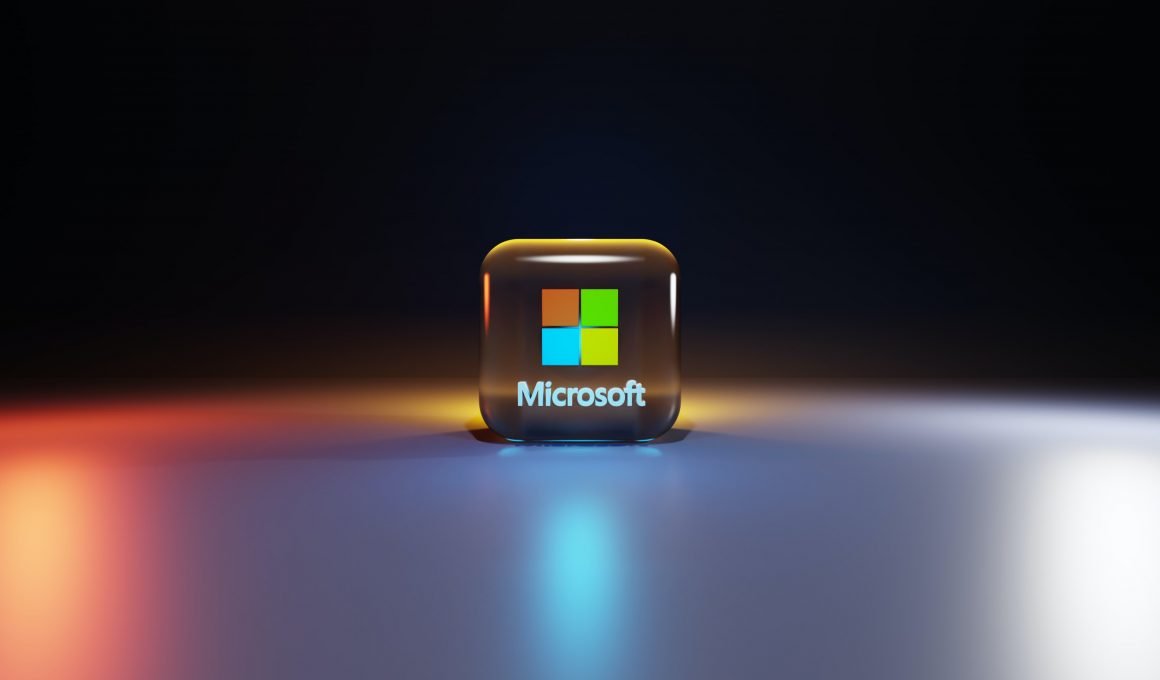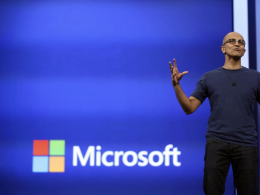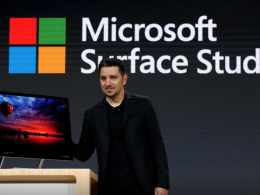Are you a Windows user in Europe? Get ready for some exciting changes coming your way. Microsoft has announced several major updates and features to their popular Windows operating system, tailored specifically for the European market. In this blog post, we’ll explore the 7 biggest changes coming to Windows for Europe and how they might affect your experience. From improved privacy settings to new cloud services, these updates are sure to make using Windows even better.
Microsoft is simplifying its product lineup
Microsoft is streamlining its product lineup in Europe, which will make it easier for customers to identify the right Windows experience for them. Instead of having multiple versions of Windows available in Europe, Microsoft is consolidating the number of SKUs to just one – Windows 10. This will make it easier for customers to determine the best version of Windows for their needs.
With this simplification, all new PCs that ship with Windows in Europe will include Windows 10, and Microsoft is phasing out all other versions of Windows. Windows 10 will be the only supported desktop operating system for customers in Europe, which means that all users will benefit from the latest security updates, feature enhancements, and more.
Windows 10 will be the only supported desktop OS
Microsoft is simplifying its product lineup, and that means Windows 10 will be the only supported desktop operating system going forward. This change means that Windows 7, Windows 8, and Windows 8.1 will no longer receive security updates or support from Microsoft. While this may be an inconvenience for some users, it should ensure greater security and stability across all Windows machines.
In addition to making Windows 10 the only supported desktop OS, Microsoft is also changing how it delivers updates. All users will now receive updates via Windows Update, which is designed to make sure that everyone is always on the latest version of the OS. This will mean fewer manual steps for users and a more secure platform overall.
Finally, Microsoft is introducing an improved device driver model in Windows 10.
Windows 10 S Mode will be a separate SKU
Microsoft is making a major change to its Windows product lineup, by introducing Windows 10 S Mode. Windows 10 S Mode will be a separate SKU that offers the same performance and security as the full version of Windows 10, but with some key differences.
First, Windows 10 S Mode will be limited to running only apps from the Microsoft Store. This means that users won’t be able to install desktop programs from outside sources, such as websites or USB drives. This helps ensure that only safe and secure applications are running on Windows 10 S Mode devices.
Second, Windows 10 S Mode will be optimised for battery life and performance. Microsoft has made several tweaks to ensure that Windows 10 S Mode devices have longer battery life and run faster.
Finally, Windows 10 S Mode will come with a slightly lower price tag than the full version of Windows 10.
Office 365 will be the default productivity suite
Microsoft has announced that Office 365 will be the default productivity suite for Windows in Europe. This means that users in the region will have access to the full suite of Office applications, including Word, Excel, PowerPoint, Outlook, OneNote and more, as part of their Windows subscription. Office 365 also includes 1TB of storage with OneDrive and 60 minutes per month of Skype calls.
This move is part of Microsoft’s effort to streamline its product lineup and make it easier for users to get the most out of their Windows experience. Office 365 provides a comprehensive set of tools for individuals, small businesses, and larger organisations alike, making it an ideal choice for the majority of users.
Edge will be the default browser
Microsoft is switching up its strategy with Windows 10, and one of the biggest changes is the fact that it will be using its Edge browser as the default. Edge is the successor to Internet Explorer, and it was designed from the ground up to offer faster performance, improved security, and a better overall user experience. Edge supports all the latest web standards, including HTML5 and CSS3, and it has a number of features that make it ideal for both business and personal users. It also offers access to a wide range of extensions from the Microsoft Store, allowing users to customise their browsing experience. Edge is already installed on all Windows 10 devices, but with the new changes, it will become the default browser for all Windows 10 users in Europe.
Cortana will be integrated with Bing
Cortana, Microsoft’s virtual assistant, will be integrated with Bing for Windows 10 in Europe. Cortana will be available to help users search the web quickly and easily. The integration of Cortana and Bing makes searching easier by allowing users to ask questions, set reminders, and complete tasks quickly and effectively. Cortana can also be used to control connected home devices, such as lights and thermostats.
Skype will be the default communications app
Microsoft is introducing changes to its Windows OS lineup and one of them is making Skype the default communications app. Skype is a popular instant messaging and video chat service that has been used around the world for over a decade. With the integration of Skype into Windows, users in Ireland to Munich will be able to easily and quickly connect with each other without having to download any additional software. Skype’s features, such as HD video calling, file sharing, and text chat, make it ideal for business and social networking alike. The Skype app will also be available on Windows 10 Mobile devices, allowing users to stay connected while on the go.










